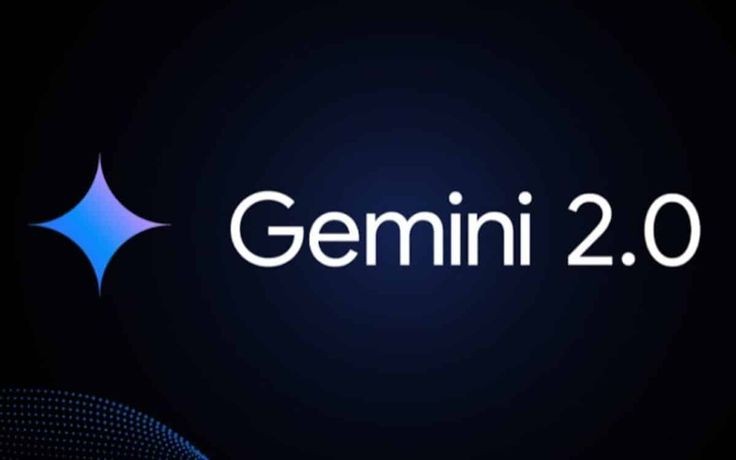
March 18, 2025 : The wait for high-speed satellite internet in India may soon be over as Elon Musk’s Starlink edges closer to launching its services in the country. With partnerships secured and regulatory discussions in their final stages, the SpaceX-owned satellite internet provider is poised to transform connectivity, especially in India’s remote and underserved regions. However, challenges remain as the Indian government imposes stringent conditions to ensure security and compliance.
Partnerships Pave the Way
In a significant development, India’s telecom giants, Reliance Jio and Bharti Airtel, have teamed up with Starlink to bring its satellite broadband services to the masses. The agreements, announced earlier this month, mark a turning point after years of anticipation. Jio, led by Group CEO Mathew Oommen, emphasized the collaboration as a “transformative step toward seamless broadband connectivity for all,” while Airtel highlighted its potential to connect rural communities, schools, and health centers.
These partnerships come on the heels of Prime Minister Narendra Modi’s recent meeting with Elon Musk in the United States, sparking speculation that diplomatic ties may have accelerated Starlink’s entry. Both telecom operators plan to leverage their extensive retail networks to distribute Starlink equipment and assist with installation, making the service more accessible to India’s nearly 100 crore telecom users.
Regulatory Roadblocks and Security Concerns
Despite the excitement, Starlink’s launch remains contingent on regulatory approvals from the Indian government. As of today, the service is still marked as “pending regulatory approval” on Starlink’s availability map. The Central Government has set tough conditions, including the establishment of a control center in India to enable swift suspension of services in emergencies or law-and-order situations. Additionally, authorities have mandated that Starlink facilitate call interceptions by law enforcement through official channels, addressing national security concerns.
Reports suggest that Starlink has assured the government it will comply with these requirements, including data localization and security protocols. The company’s application for a satellite communications license is reportedly in its final stages, with sources indicating that approvals could be granted within weeks. However, the Telecom Regulatory Authority of India (TRAI) is still deliberating on key issues, such as the duration of spectrum allocation—proposing a five-year term against Starlink’s request for 20 years—and pricing per megahertz.
What Starlink Brings to India
Starlink’s constellation of over 6,400 low-Earth orbit (LEO) satellites promises high-speed internet—ranging from 25 to 220 Mbps— even in areas where traditional fiber-optic networks or mobile towers are impractical. For a country with vast rural landscapes and challenging terrains, this could bridge the digital divide, offering reliable connectivity to millions. Experts also note potential applications like in-flight internet, a service already available in several countries.
However, Starlink’s pricing remains a question mark. Globally, plans range from $10 per month in Kenya to $120 in the U.S., with a one-time hardware cost of $250 to $380. In India, early estimates suggested an initial cost of around ₹1.58 lakh for the first year, dropping to ₹1.15 lakh annually thereafter—significantly higher than Jio and Airtel’s fiber plans, which start at $5 to $7 monthly. Analysts predict that Starlink may not compete directly with urban broadband but will instead complement existing networks by targeting remote regions.
Challenges and Competition
Starlink’s entry has sparked mixed reactions. While many hail it as a game-changer, others, including state-owned BSNL, worry about its impact on the market. Concerns over data security and service reliability—highlighted by Ukraine’s reliance on Starlink during conflict—have also surfaced. Meanwhile, Jio and Airtel’s initial resistance to Starlink’s entry has softened, with both now viewing it as an opportunity to expand their reach rather than a threat to their dominance.
The Indian government’s push for a local control center reflects a broader effort to balance innovation with oversight. As one official told The Times of India, calls made via Starlink won’t travel directly via satellite to international destinations but will route through an India-based gateway, ensuring compliance with telecom laws.
Looking Ahead
As Starlink navigates its final hurdles, all eyes are on the government’s next move. Will India’s telecom landscape see a revolution, or will regulatory delays push the launch further into 2025? For now, the promise of high-speed internet beaming from space has ignited hope, particularly for those in India’s hinterlands. With Jio and Airtel on board and Musk’s vision inching closer to reality, the countdown to Starlink’s India debut has truly begun.
Stay tuned for updates as this story develops.



